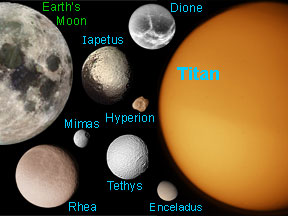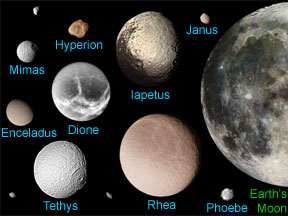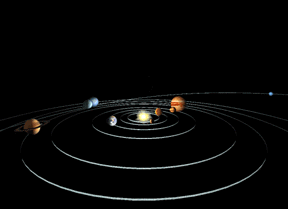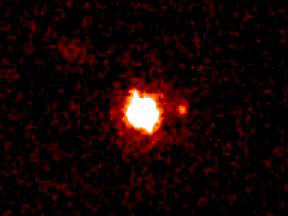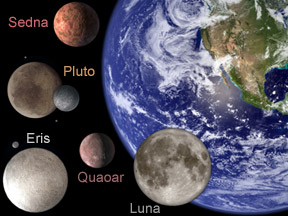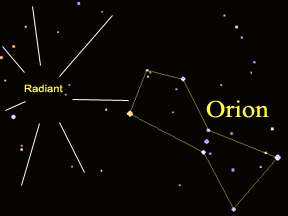How far? How big? Distance and Size in Astronomy
Need help trying to comprehend the vast distances between astronomical objects? Are you seeking to understand the relative sizes of planets, moons, asteroids, and comets? This page provides links to information, illustrations, images, animations, and interactives on Windows to the Universe about distance and size in astronomy.
- Sun
- Planets
- Compare Planet Sizes interactive - the nine traditional planets of our Solar System
- Sizes of Pluto, Sedna, Quaoar, "Xena", Earth, and Luna
- Earth & Moon size and distance
- Pluto and its largest moon Charon
- Moons
- Earth & Moon size and distance
- Saturn's large and medium-sized moons
- Saturn's medium-sized moons
- Size of Saturn's moon Enceladus compared to British Isles
- Pluto and its largest moon Charon
- Sizes of Luna (Earth's Moon), (Saturn's moon) Titan, (and Jupiter's 4 Galilean moons) Io, Europa, Ganymede, and Callisto
- The Scale of our Solar System
Last modified April 21, 2006 by Randy Russell.






